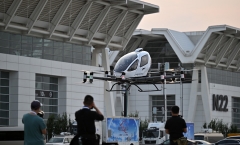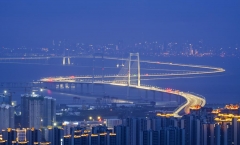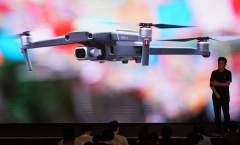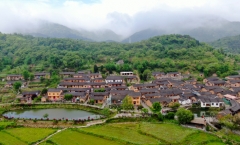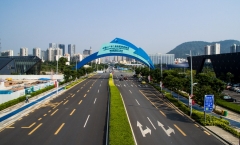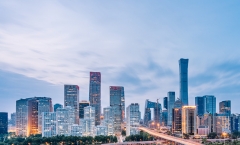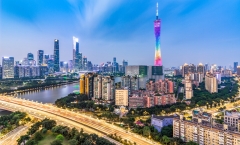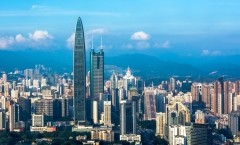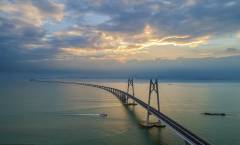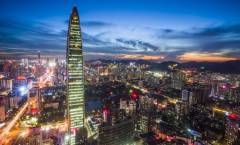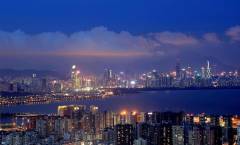Shenzhen is the ultimate poster boy of China’s Opening Up policy. Δ Shenzhen was a fishing village before 1980. Once just a small fishing village named Bao’an with a tiny population of 30,000 people, Shenzhen, as its now called, has transformed into a vibrant, bustling and innovative city to rival its cousin in the Greater Bay Area, Hong Kong. Δ Deng Xiaoping visited Shenzhen in 1992. In 1980, Shenzhen was given Special Economic Zone (SEZ) status by then Chinese Vice Premier Deng Xiaoping, the chief architect of China’s reform and “Opening Up”. As an SEZ, Shenzhen was allowed to do business differently to other areas in China, such as trading and seeking investment from foreign companies. It quickly grew into a manufacturing and exporting giant, turning its port into one of the busiest in the world. Shenzhen is a city that’s always evolving and when China became a member of the World Trade Organization in 2001, the city changed direction and moved into high-tech, science companies with a focus on innovation. Δ Shenzhen now is called China’s Silicon Valley. This change has seen it rightly dubbed China’s Silicon Valley, with large tech companies making the city their home. Smartphone and digital manufacturer Huawei and Xiaomi have their head offices here, as does Tencent, the online gaming giant who invented WeChat. […]
Uncategorized
Sep 27, 2018
